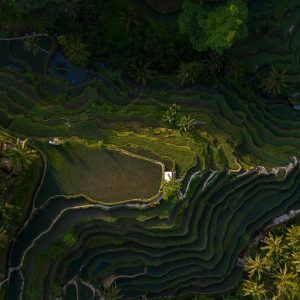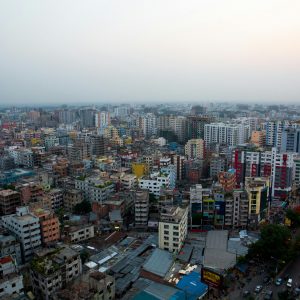Afghan calligraphers struggle to preserve a vanishing art
Afghanistan’s Calligraphers continue to preserve dying art amidst war and struggles
KABUL, Afghanistan (MNTV) — For centuries, calligraphers in Herat have etched the words of history onto stone, preserving Afghanistan’s cultural identity. However, decades of war have severely damaged or destroyed many of these delicate inscriptions.
Among those fighting to keep this tradition alive is Ahmad Sabri, a master calligrapher who has hand-written several Qurans.
Now an aging artist, Sabri remains committed to inscribing his generation’s cultural legacy, ensuring that the echoes of history are not lost.
“Many of Herat’s historical calligraphic works have been lost due to war,” Sabri said to the media. “From the time of British occupation to the present, some of our most treasured inscriptions have been erased. Only fragments remain.”
Among the few surviving examples of Herat’s calligraphy are the intricate inscriptions found at the Great Mosque of Herat and the shrine of Khwaja Abdullah Ansari.
Calligraphers typically work on durable surfaces, hoping their scripts will endure for generations. However, the ravages of war have been merciless, with bullets and bombs damaging even the most resilient stone inscriptions.
Once highly regarded, calligraphers today face economic hardship and waning recognition.
“Herat’s historical sites have two designated calligrapher positions,” said Raqibullah Rizwani, the Taliban-appointed head of historical monuments in Herat. “These artists repair inscriptions when they are at risk of collapse.”
The city’s monuments showcase various calligraphic styles, including Naskh, Thuluth, and Kufic.
“We have many historical sites decorated with Islamic calligraphy, particularly in the Thuluth and Kufic scripts,” said Jalil Ahmad Tawanah, head of Herat’s Calligraphers Association.
Despite these challenges, Herat’s calligraphers remain undeterred, continuing to carve history into stone. Their dedication ensures that no hardship will erase the cultural heritage they have spent their lives preserving.









